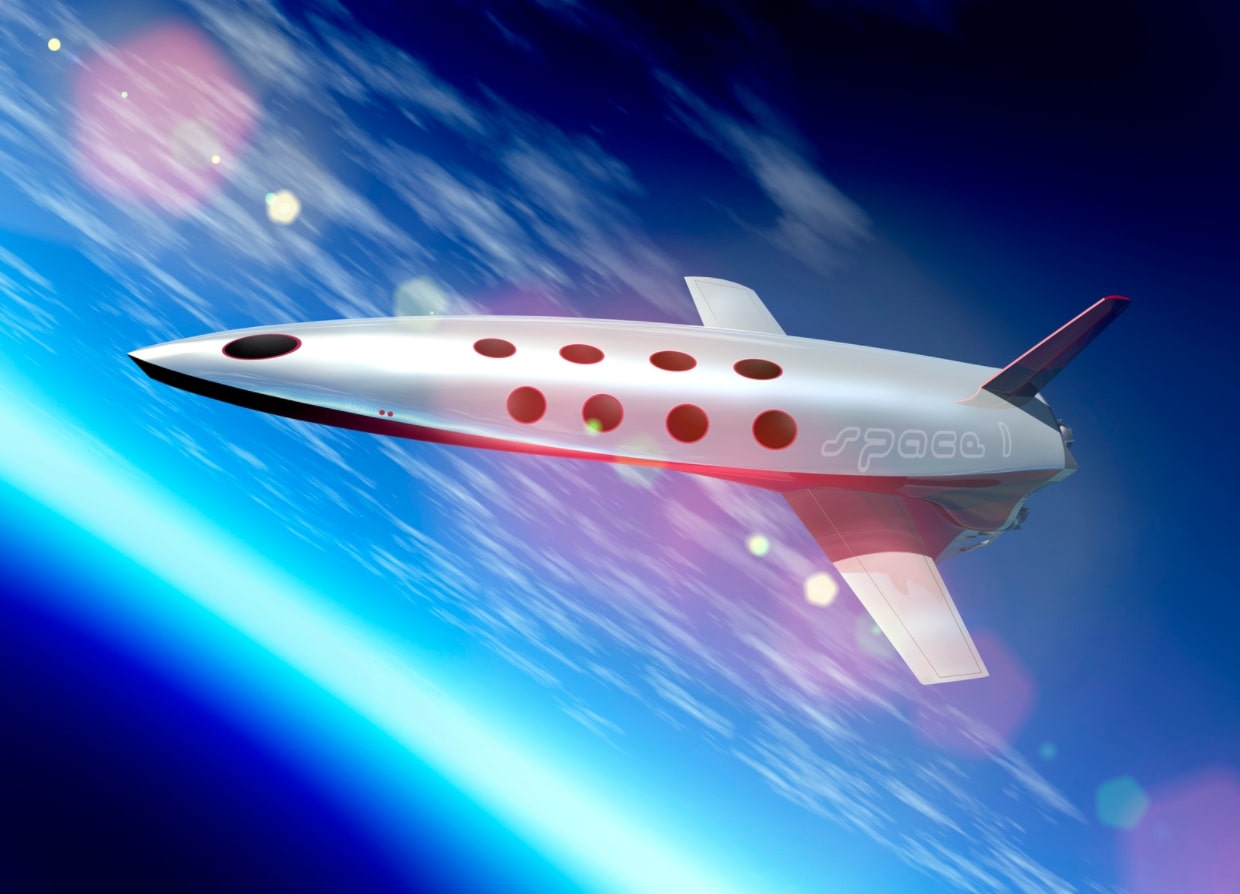This year isn’t yet over and commercial spaceflight has already made significant leaps and bounds in the past few months. Jeff Bezos made history with the first all-civilian suborbital flight to the edge of space, while Virgin Galactic completed its first fully-crewed flight to the edge of space in July. The company plans to complete commercial flights next year after several test missions. Now, it has reopened sales at $450,000 per seat.
But what does this mean for the future of commercial spaceflight in 2021 and beyond? The private sector’s foray into the space industry is an exciting one and it’s not just billionaires who want to head into space. The vast NewSpace ecosystem is invested in getting the everyday citizens to space in the future.
According to Eric Stallmer, Executive Vice President for Government Affairs and Public Policy at Voyager Space, accessibility is key to the future of commercial spaceflight. These most recent and successful launches are the first step in bringing the cost down to make traveling to space accessible for the average person. Stallmer says that as we fly more, the costs will eventually come down. Along with it, the research will grow and the benefits of space travel will improve for everyone. On top of it all, the benefits of human space travel will help spearhead innovations and technological advances.
While these short, suborbital space flights offer opportunities for space tourism and better research into human space travel, Axios research indicates that there will be a decline in public interest in the suborbital flight sector. This is due to high costs and short-lived rides that offer short-lived benefits for travelers. It could potentially deflate the market until space travel develops and becomes more efficient.
Other experts believe there’s hope for the suborbital sector. Some believe commercial space trips will replace long-distance air travel and that these trips will be capable of transporting passengers from between international cities in record-breaking time. SpaceX plans to use its Starship rocket to transport approximately 100 people across the globe in a timeframe that will revolutionize air travel. For example, the company stated that a typical 15-hour flight from New York City to Shanghai could fly passengers in 39 minutes. The firm UBS estimates that if just 5% of the 150 million passengers who travel on flights over 10 hours long pay $2,5000 per trip, the sector could capitalize on $20 billion per year in revenue. Eventually, access to this type of travel will be available to ordinary citizens and space would be the gateway.
Orbital spaceflight is another area of focus in commercial spaceflight. The economy for orbital tourism, when humans remain in space for one full orbit (at least), is steadily growing. NewSpace companies and government agencies alike have an invested interest in orbital spaceflight as they plan to explore the moon and settle Mars. Boeing, SpaceX and Axiom Space have plans to launch tourists to the International Space Station. Soyuz has already launched and returned four crews to the ISS. However, NASA has now contracted private space companies. SpaceX will now provide their Commercial Crew Program, which is expected to cost 50 percent less than Soyuz once it’s in regular operation. SpaceX has also partnered with Space Adventures to send four tourists to low Earth orbit for a few days by year’s end or early in 2022
As more companies work to make in-space tourism a reality, orbital vacations will become a widespread interest among travelers. The infrastructure for it, including orbital and lunar-based destinations, is expected to become profitable. Currently, space infrastructure companies are vying for prominence in the sector and already drew in a combined $4.5 billion of new capital thus far in 2021. According to Bryce Tech the space infrastructure field is now set to beat the previous annual record of $9.1 billion in 2020. The investments that lead to better space infrastructure will set the stage for a burgeoning market in orbital tourism.
Currently, Bank of America predicts that the space industry is on track to become a $1.5 trillion industry, the equivalent of today’s current global tourism industry. Advances in human spaceflight will help get us there, and while space tourism and commercial spaceflight may, for now, be a small aspect of the entire space ecosystem, it will help spearhead innovation in human travel here on Earth as it also helps advance our place in the stars.






